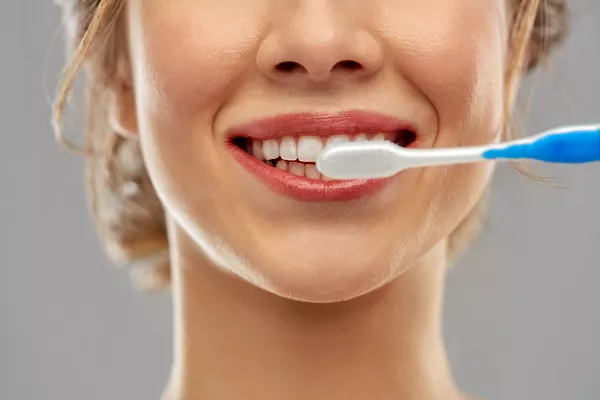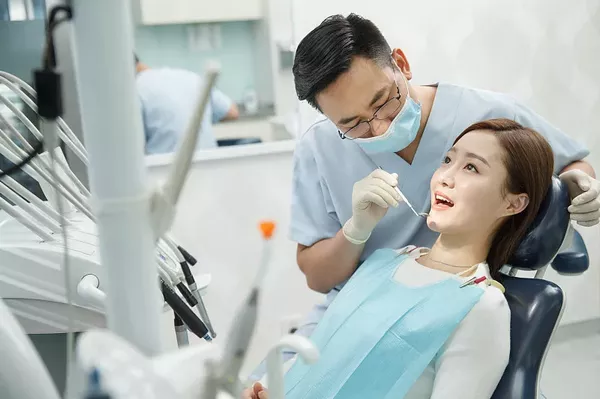Clear braces have gained popularity for their discreet appearance during orthodontic treatment. However, a common concern among wearers is the gradual yellowing of these transparent aligners. This article delves into the factors contributing to this phenomenon and provides insights into maintaining the clarity of clear braces.
Understanding the Composition of Clear Braces:
Polymeric Material:
Clear braces are typically made from a polymeric material, such as polycarbonate or a type of plastic known as polyurethane.
While designed for durability and transparency, these materials are susceptible to staining.
1. Dietary and Lifestyle Factors:
Food and Drink Staining:
Clear braces can absorb pigments from foods and drinks, leading to discoloration. Items like coffee, tea, red wine, and highly pigmented foods may contribute to yellowing.
Dark-colored sauces, berries, and curry are common culprits. Minimizing consumption can help prevent stains.
Tobacco Use:
Smoking or using tobacco products exposes clear braces to nicotine and tar, which can lead to yellow discoloration.
Quitting tobacco is not only beneficial for overall health but also helps in preserving the appearance of clear braces.
2. Inadequate Cleaning Practices:
Neglecting Regular Cleaning:
Clear braces require diligent cleaning to prevent plaque and stain accumulation.
Skipping proper cleaning routines can result in the retention of particles, causing yellowing over time.
Improper Brushing Techniques:
Brushing too aggressively or using toothpaste with abrasive components can scratch the surface of clear braces, making them more prone to staining.
Adopt a gentle brushing technique and choose a toothpaste recommended for use with clear aligners.
3. Pigment Transfer from Toothpaste:
Ingredients in Toothpaste:
Some toothpaste formulations may contain colored ingredients or abrasives that can transfer pigments to clear braces.
Opt for a clear, non-abrasive toothpaste to minimize the risk of staining.
4. Time-Related Wear and Tear:
Normal Wear:
Over time, clear braces may experience wear and tear due to regular use.
Microscopic scratches and abrasions can accumulate, making the braces more susceptible to discoloration.
5. Natural Aging of Materials:
Material Degradation:
The polymeric materials used in clear braces may undergo subtle changes over time.
Exposure to sunlight, temperature variations, and general wear can contribute to the yellowing of clear braces.
Conclusion: Preserving the Radiance of Clear Braces
While the yellowing of clear braces may be an inevitable consequence of daily wear and exposure to various factors, proactive measures can significantly mitigate this issue. Adopting a meticulous oral hygiene routine, avoiding stain-inducing substances, and being mindful of lifestyle choices are crucial in preserving the transparency of clear braces.
Regular cleaning, gentle brushing techniques, and periodic check-ups with orthodontic professionals can contribute to maintaining the aesthetic appeal of clear braces throughout the orthodontic journey. By understanding the factors contributing to yellowing and taking preventive steps, individuals can confidently embrace clear braces, knowing that their commitment to oral hygiene will keep their smiles vibrant and their orthodontic treatment discreet.
How to use arc teeth whitening strips?
How do you put whitening strips on?
How long to wait after cavity filling to eat?




























